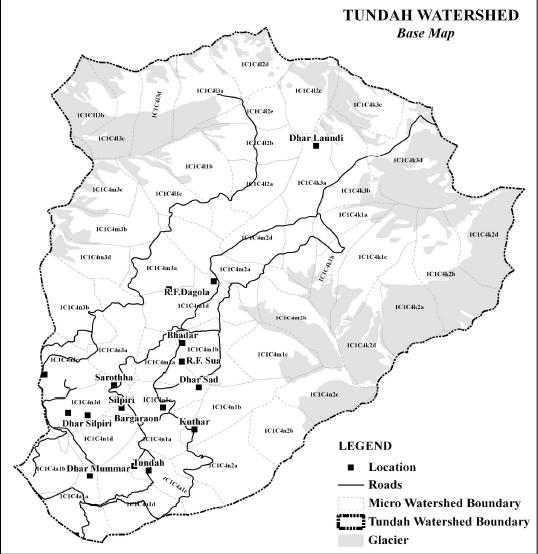Ravi
NGT takes Karnataka to task over lake clean-up
Posted on 11 Dec, 2018 02:01 PMPut aside Rs 500 crore for lake clean-up: NGT to Karnataka government

River dispute: Haryana manages water better than Punjab
Posted on 03 May, 2016 02:30 PMRapid growth in population, agriculture production, industrialisation and urbanisation have put an extreme burden on India's dwindling water resources. Water-guzzling paddy covers maximum gross area under cultivation at 44 million hectares.

A case against small hydropower
Posted on 28 Sep, 2014 07:34 PMAs Hari Singh led me towards his fields, I wondered if he was trying to play a joke on me. Large rocks were scattered in the area and there was no sight of any arable land, neither was there any clue of the irrigation channel which Singh claimed ran through his farm.

Holi-Bajoli hydropower project shifts banks
Posted on 21 Jul, 2014 04:59 AMI could just about see a small makeshift shelter with a yellow canopy. As I made my way through the small stream and climbed uphill, I saw a JCB machine trying to clear a path. Further up the road, female voices speaking the local dialect started to emerge. A small hearth surrounded by utensils and jars of tea, sugar and lentils greeted me at the entrance.

Quantitative geomorphological analysis of a watershed of Ravi river basin, Himachal Pradesh, India - Paper published in the International Journal of Remote Sensing and GIS
Posted on 25 May, 2012 10:10 PM This paper published in the journal International Journal of Remote Sensing and GIS presents the findings of a study that at
This paper published in the journal International Journal of Remote Sensing and GIS presents the findings of a study that at
Viability of Clean Development Mechanism (CDM) projects in India: Study of Chanju CDM project in Chamba district,Himachal Pradesh
Posted on 03 May, 2012 06:30 PMThe present paper is an attempt of the researcher to make a comparative analysis between the expected benefits received by the executing agency under CDM and the actual benefits people are expected to receive from Chanju-I Hydro Electric Project.
River basins and river basin organisations in South Asia
Posted on 22 Jul, 2009 03:12 PMAs part of the research study, River Basins and River Basin Organisations in South Asia, done by the Society for Participatory Development Hyderabad, CapNet South Asia (Read More) and Gomukh Environmental Trust for Sustainable Development Pune (Click Here), data about individual river basins has been collected for the river basins in South Asia.
Hydroelectric power projects & climate change: A case study of Ravi basin in Himachal Pradesh
Posted on 09 Apr, 2009 11:34 AMThe following is a paper by Dr. Mohinder Slariya based on data collected during his Ph.D work. The work contains data sourced from the India Water Portal, and aims to illustrate local area climate changes with the development of hydroelectric projects. The abstract of the paper has been quoted below, with the full paper available as a download!
Abstract
Dams have had serious impacts on the lives, livelihoods, cultures and spiritual existence of indigenous, tribal and illiterate people, moreover on the physical environmental conditions and on the biodiversity of the area concerned. The dam related developmental activities in Ravi catchment area have been threatening the biodiversity in the whole catchment. There are more than 50 rivulets in the Ravi catchment and on which more than 70 power projects have been planned by the government by putting biodiversity at the stake. Developmental activities have unintentionally produce weather and climate modifications on a larger scale and threaten the existing biodiversity. Such developmental activities have been started day back in 1980s in Ravi basin with the installation of Baira Suil Power Project and today it has covered all most all Ravi basin starting from interstate broader of Jammu & Kashmir, Punjab and Himachal Pradesh and engulfed the green cover of the area. Because of this extinction the catchments area is experiencing drastic climatic changes, because of 100 km reservoirs of Shahpur Kandi (125MW), Thein Dam (600MW), Chamera-I (540MW) and Chamera-II (300 MW) and tunnelization of Ravi in 19.38 kms with a dia of 7 to 9 meters and 102 meters high surge shafts with 15.5 meters dia and underground power houses of Chamera-I & II and dry Ravi in almost all its natural route (27 kilometers in Chamera I & II). In this dry region there is a tremendous increase in the temperature and there is no timely and usual rain in the basin after the installation of power projects.